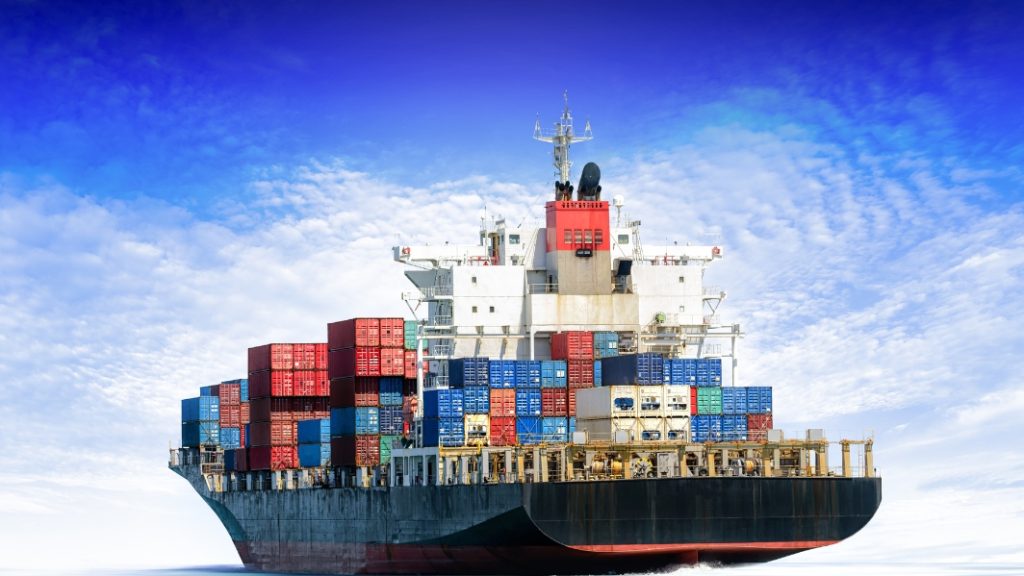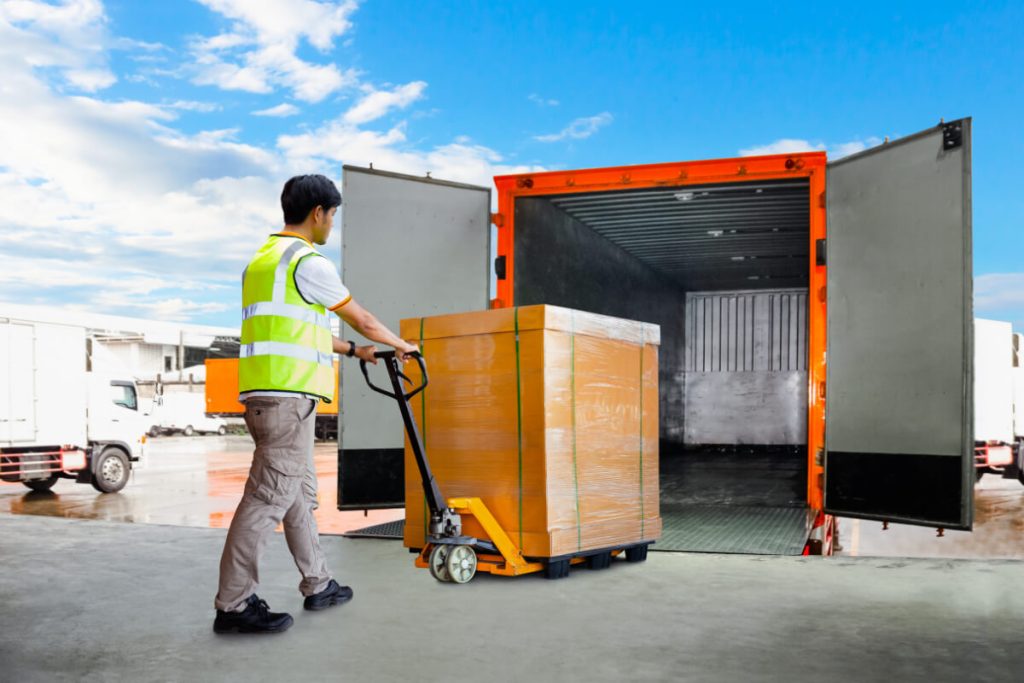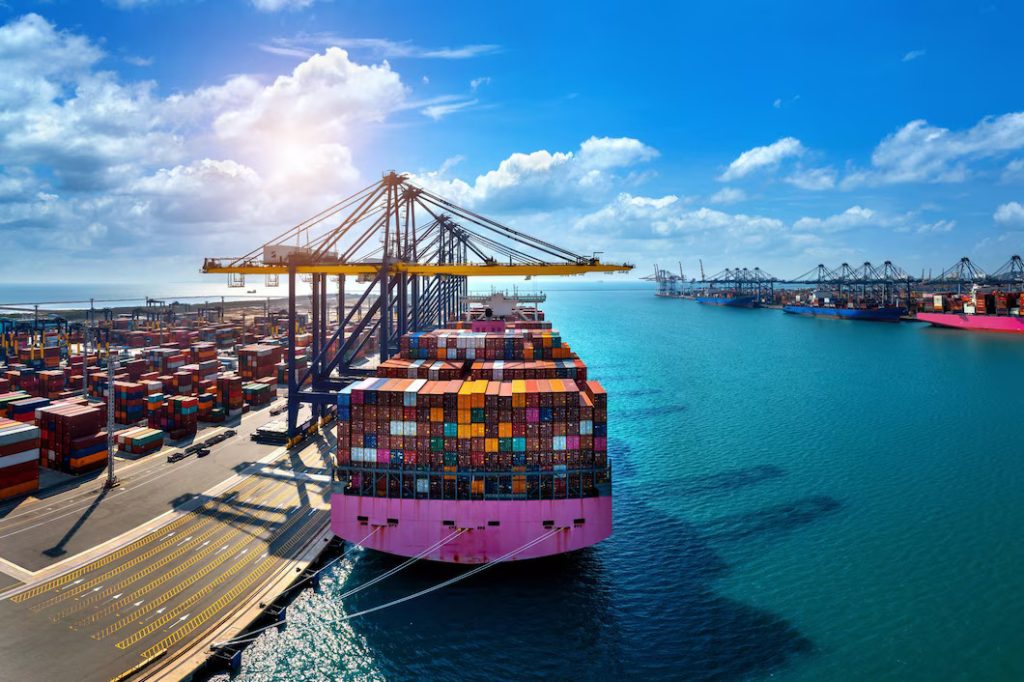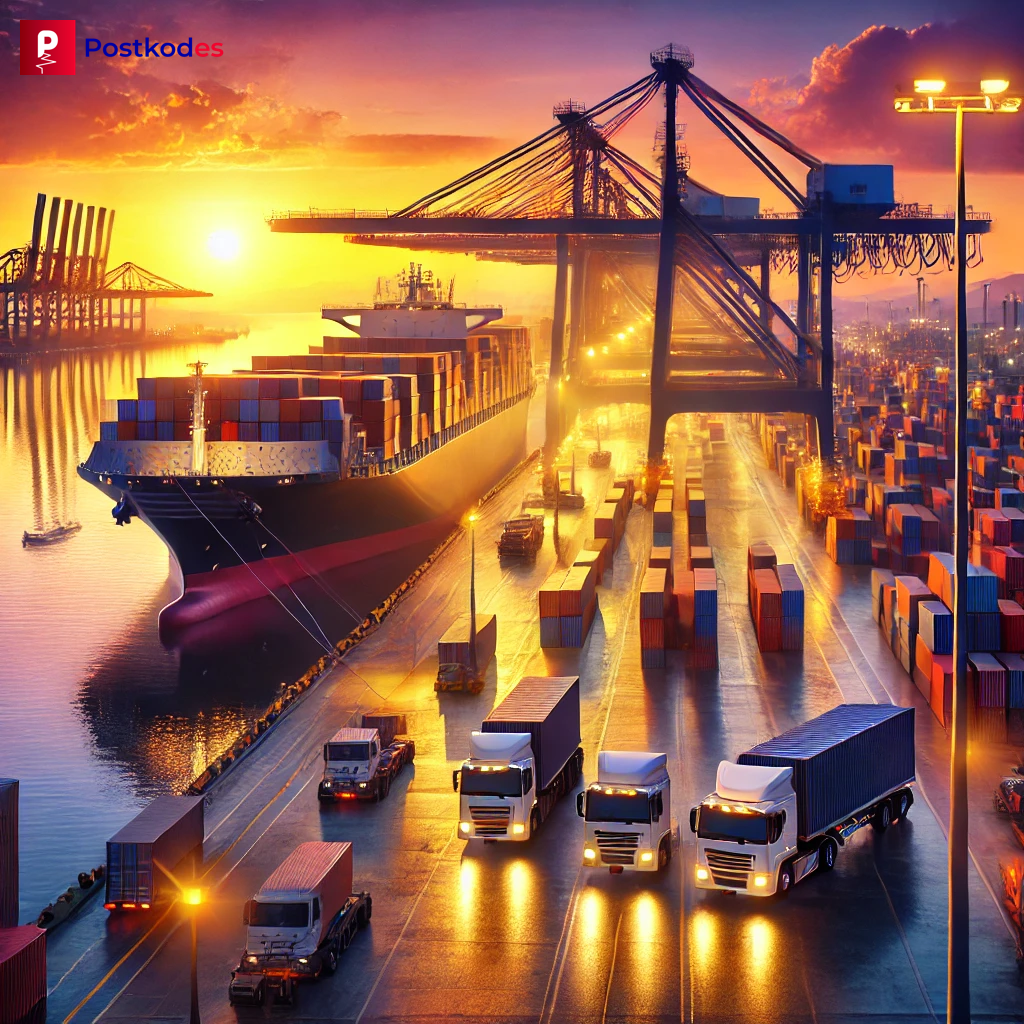When it comes to international trade, sea freight remains one of the most reliable and cost-effective modes of transportation. For businesses and individuals shipping goods from Ghana to Australia, understanding the sea freight cost is vital for planning and budgeting. This guide will walk you through the factors influencing these costs, the process of shipping, and how to make the most of sea freight services.
Understanding Sea Freight Costs
The Ghana to Australia sea freight cost is determined by several factors, including:
- Cargo Type and Weight: Heavier and bulkier items naturally incur higher costs due to the space and weight they occupy on the vessel. Freight rates are often calculated based on cubic meters or per kilogram.
- Shipping Distance: Ghana and Australia are geographically distant, making the journey longer and influencing fuel and labor costs.
- Mode of Shipment: Full Container Load (FCL) and Less than Container Load (LCL) shipping have different pricing structures. FCL is often more cost-effective for larger shipments.
- Seasonal Demand: Costs may vary depending on peak shipping seasons, such as holidays or harvest times.
- Customs and Duties: Import/export taxes, tariffs, and other duties also contribute to the overall expense.
To estimate your costs, many shipping companies offer online calculators or consultation services, providing transparency in sea freight logistics.
Key Benefits of Sea Freight for Long-Distance Shipping
Sea freight is often the preferred method for transporting goods between continents. Here are some advantages:
- Cost-Effective for Bulk Shipments: Sea freight offers lower rates compared to air freight, making it ideal for large quantities.
- Environmental Benefits: Compared to air freight, sea transport has a lower carbon footprint, contributing to sustainable shipping practices.
- Capacity for Heavy Goods: Whether you’re shipping machinery or furniture, sea freight accommodates all types of cargo.
Step-by-Step Shipping Process: Ghana to Australia
Shipping goods from Ghana to Australia involves several stages:
- Selecting a Sea Freight Company: Partner with a reputable sea freight company that specializes in international shipping. Ensure they provide services for your specific needs, whether it’s FCL or LCL.
- Documentation: Prepare essential documents, such as invoices, packing lists, and certificates of origin.
- Packing and Labeling: Proper packaging ensures goods are protected during transit. Labels should include recipient details, tracking numbers, and handling instructions.
- Customs Clearance: Your shipping partner will guide you through customs clearance, helping with tariffs and regulations.
- Sea Freight Container Tracking: Use the sea freight container tracking feature provided by most companies to monitor your shipment in real-time. This keeps you informed about its location and estimated delivery time.
Comparing Sea Freight Rates Per Kilogram
The sea freight rates per kg vary based on cargo type, shipment mode, and destination port. For instance:
- LCL Shipping: Costs range between $50-$150 per cubic meter.
- FCL Shipping: Depending on the container size (20 ft or 40 ft), rates can start at $1,500 for smaller containers and increase for larger loads.
It’s essential to compare rates across multiple providers to ensure competitive pricing.
How to Track Your Shipment
One of the most frequently asked questions is, “How can I track a parcel?“ Shipping companies typically provide a tracking ID or container number that allows you to monitor your shipment online. This feature offers real-time updates, ensuring peace of mind and better coordination for delivery schedules.

Tips to Reduce Sea Freight Costs
- Optimize Packaging: Reduce excess packaging to save space.
- Book Early: Advance bookings help you secure lower rates.
- Choose LCL for Small Loads: For shipments that don’t fill an entire container, LCL shipping minimizes costs.
- Leverage Freight Forwarders: They have access to bulk discounts and can simplify the shipping process.
FAQs
1. What is the average transit time for sea freight from Ghana to Australia?
The journey typically takes 30-50 days, depending on the shipping route and weather conditions.
2. Are there size or weight restrictions for sea freight?
Sea freight can accommodate a wide range of cargo sizes and weights. However, specific restrictions depend on the carrier and container type.
3. What documents are required for shipping from Ghana to Australia?
You’ll need a commercial invoice, packing list, bill of lading, and any applicable import/export permits.
4. How can I ensure my shipment is secure?
Work with a trusted sea freight company that offers insurance options and secure packing services.
5. Is sea freight cheaper than air freight?
Yes, for large shipments, sea freight is significantly more cost-effective than air freight, especially over long distances like Ghana to Australia.
6. Can I track my sea freight shipment in real-time?
Yes, most providers offer sea freight container tracking, allowing you to monitor your shipment throughout its journey.
Final Thoughts
Shipping goods from Ghana to Australia requires careful planning and consideration of the sea freight cost. By partnering with reliable sea freight services, understanding the factors influencing costs, and leveraging tracking tools, you can ensure smooth and efficient transportation. Whether you’re a business owner or an individual, this guide equips you with the knowledge to navigate the complexities of international sea freight.



